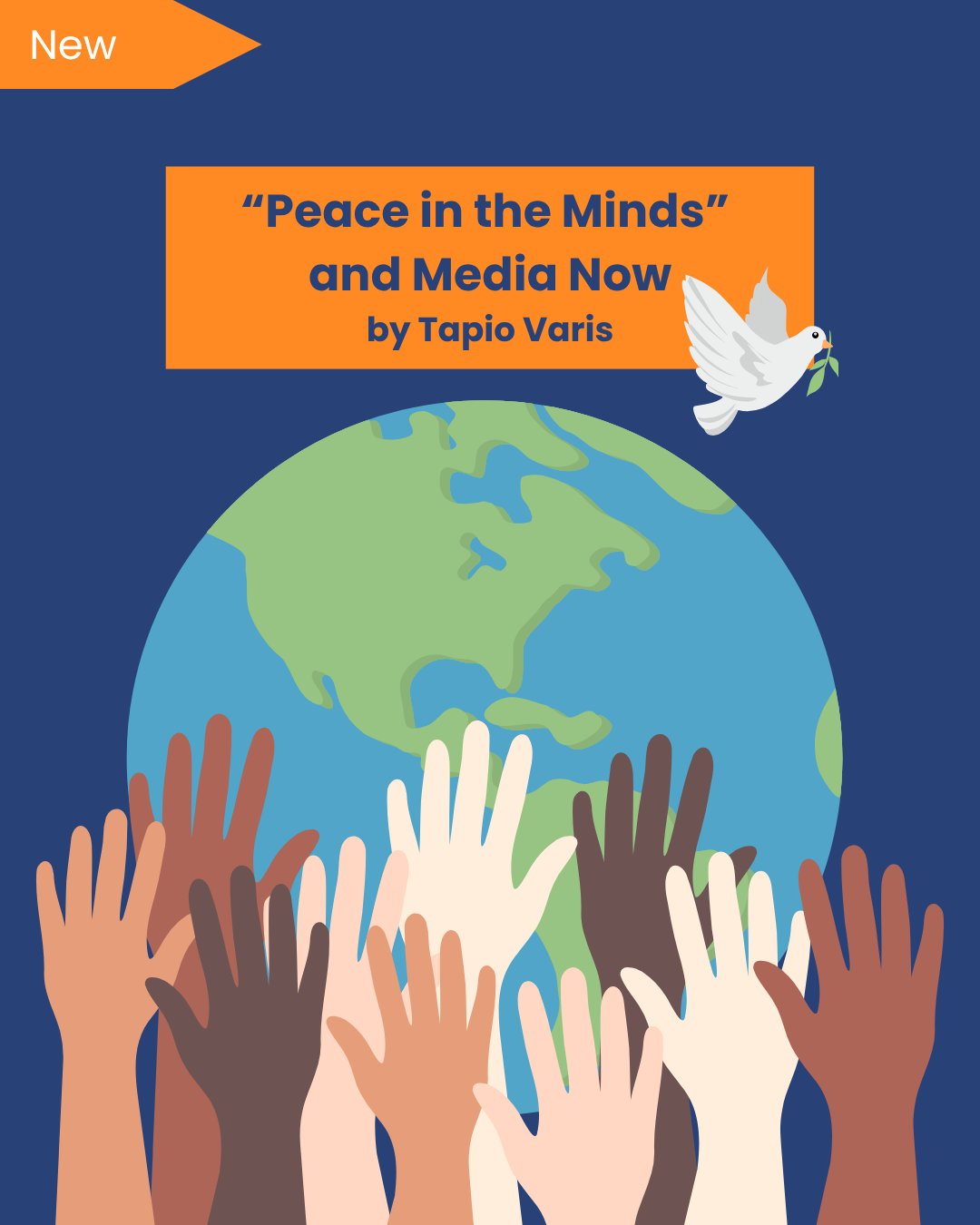A viral video of President Trump expressing awe over Mecca is incredibly realistic – unless one is aware that this is out of character for him. Since the posting of this video in early 2017, online deepfakes have not only increased in number, they have become even more believable.
Deepfakes are, as defined in a Forbes article, “the manipulation of genuine video footage by AI software to either be making someone out to be saying something they did not or appear in video footage that they were not originally part of.” These videos are expected to be the gravest threat to democratic elections, or to fair trials. However, it is noted that while the number of deepfake videos had indeed doubled by the end of 2019, most of this growth was attributed to celebrity porn. Furthermore, the total number of deepfake videos online is still relatively small, standing at 15,000 in October of last year.
Typically, uploaders do not tag deepfake videos as such, meaning the public is unable to distinguish the realistic videos as fake. However, attempts to legislate these videos must consider a careful balance between governments who wish to protect victims and elections, and social media platforms who wish to protect users’ freedom of expression. Some, like Mark Zuckerberg, suggest that artificial intelligence will be able to monitor these videos and keep them under control, and others, like the government of California, have made deepfake videos illegal, despite criticism and difficulties in enforcement.
For now, deepfake videos are not pervasive, and are almost exclusively limited to celebrity porn, or harmless creativity such as portraying Jeff Bezos and Elon Musk in Star Trek. While many agree that the future of this technology may be troubling, it seems for now, many legislators are willing to wait and see.
Written by: Stephanie Woronko
A viral video of President Trump expressing awe over Mecca is incredibly realistic – unless one is aware that this is out of character for him. Since the posting of this video in early 2017, online deepfakes have not only increased in number, they have become even more believable.
Deepfakes are, as defined in a Forbes article, “the manipulation of genuine video footage by AI software to either be making someone out to be saying something they did not or appear in video footage that they were not originally part of.” These videos are expected to be the gravest threat to democratic elections, or to fair trials. However, it is noted that while the number of deepfake videos had indeed doubled by the end of 2019, most of this growth was attributed to celebrity porn. Furthermore, the total number of deepfake videos online is still relatively small, standing at 15,000 in October of last year.
Typically, uploaders do not tag deepfake videos as such, meaning the public is unable to distinguish the realistic videos as fake. However, attempts to legislate these videos must consider a careful balance between governments who wish to protect victims and elections, and social media platforms who wish to protect users’ freedom of expression. Some, like Mark Zuckerberg, suggest that artificial intelligence will be able to monitor these videos and keep them under control, and others, like the government of California, have made deepfake videos illegal, despite criticism and difficulties in enforcement.
For now, deepfake videos are not pervasive, and are almost exclusively limited to celebrity porn, or harmless creativity such as portraying Jeff Bezos and Elon Musk in Star Trek. While many agree that the future of this technology may be troubling, it seems for now, many legislators are willing to wait and see.
Written by: Stephanie Woronko
A viral video of President Trump expressing awe over Mecca is incredibly realistic – unless one is aware that this is out of character for him. Since the posting of this video in early 2017, online deepfakes have not only increased in number, they have become even more believable.
Deepfakes are, as defined in a Forbes article, “the manipulation of genuine video footage by AI software to either be making someone out to be saying something they did not or appear in video footage that they were not originally part of.” These videos are expected to be the gravest threat to democratic elections, or to fair trials. However, it is noted that while the number of deepfake videos had indeed doubled by the end of 2019, most of this growth was attributed to celebrity porn. Furthermore, the total number of deepfake videos online is still relatively small, standing at 15,000 in October of last year.
Typically, uploaders do not tag deepfake videos as such, meaning the public is unable to distinguish the realistic videos as fake. However, attempts to legislate these videos must consider a careful balance between governments who wish to protect victims and elections, and social media platforms who wish to protect users’ freedom of expression. Some, like Mark Zuckerberg, suggest that artificial intelligence will be able to monitor these videos and keep them under control, and others, like the government of California, have made deepfake videos illegal, despite criticism and difficulties in enforcement.
For now, deepfake videos are not pervasive, and are almost exclusively limited to celebrity porn, or harmless creativity such as portraying Jeff Bezos and Elon Musk in Star Trek. While many agree that the future of this technology may be troubling, it seems for now, many legislators are willing to wait and see.
Written by: Stephanie Woronko








































































































































































